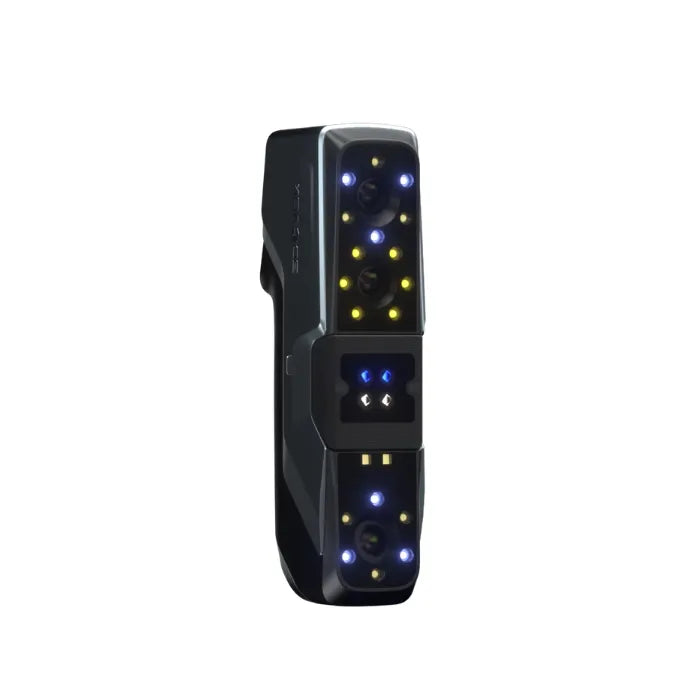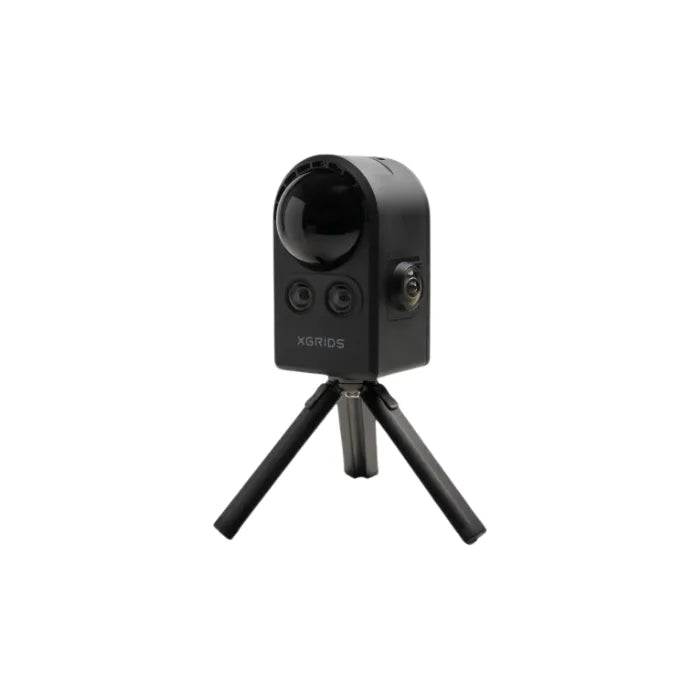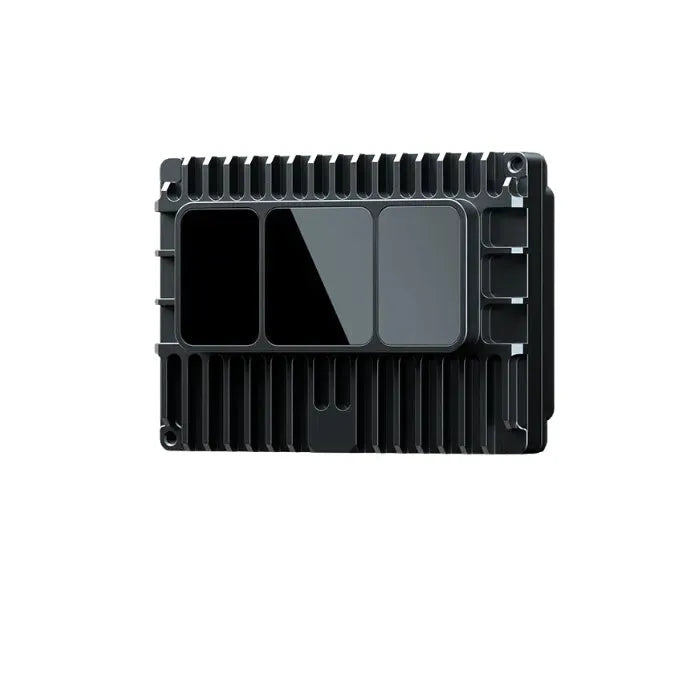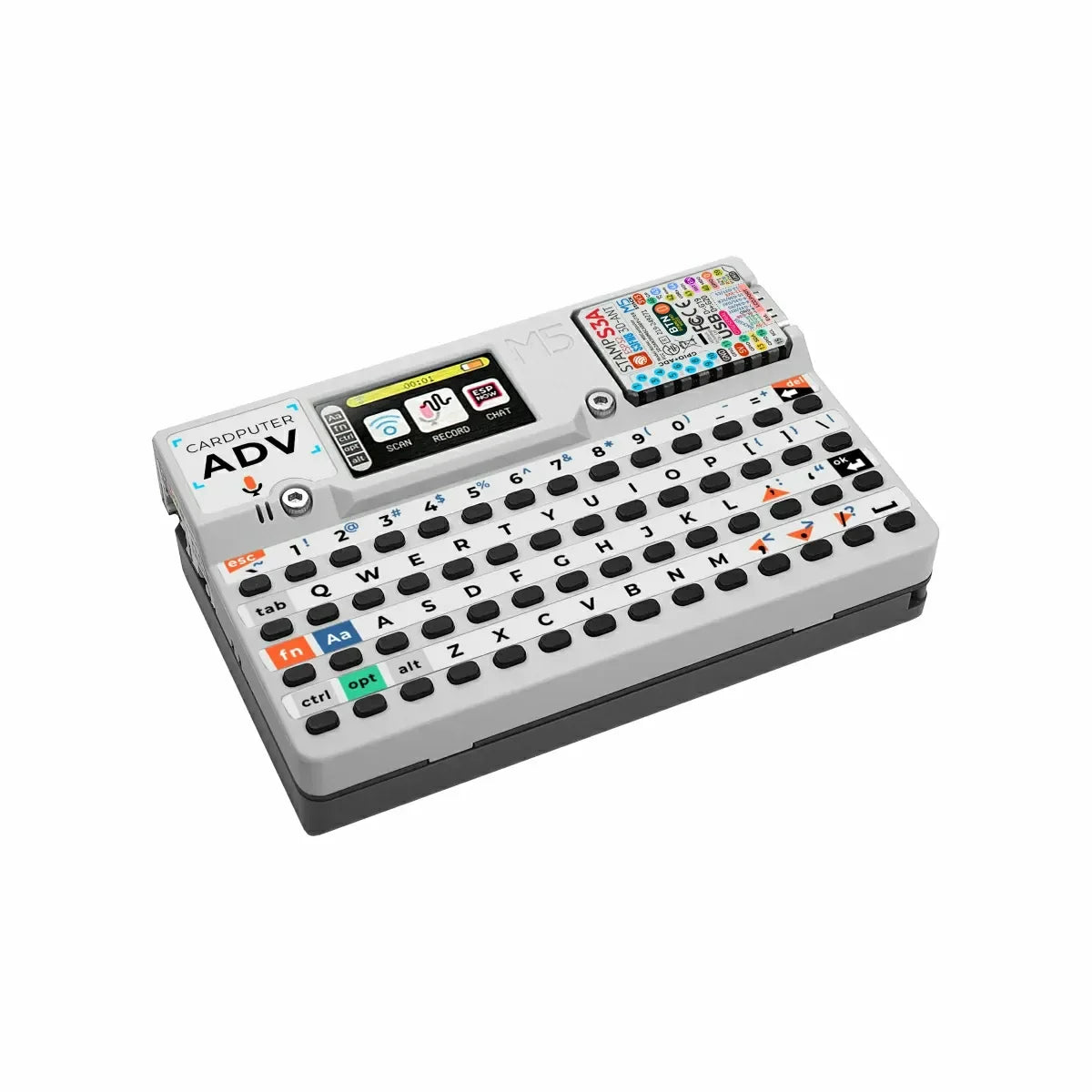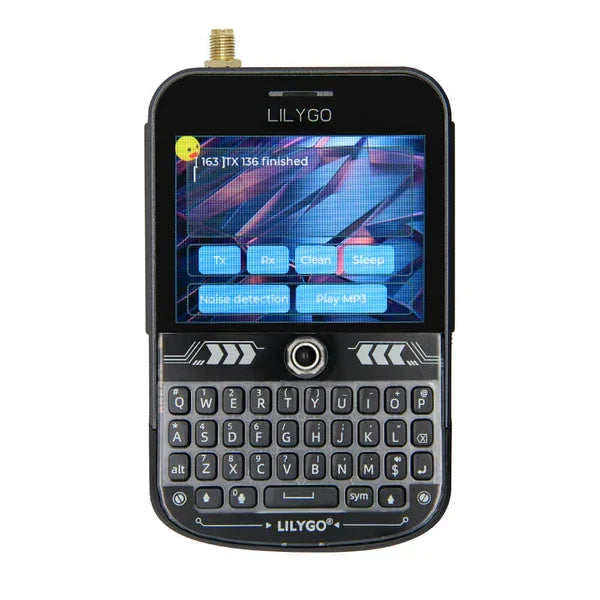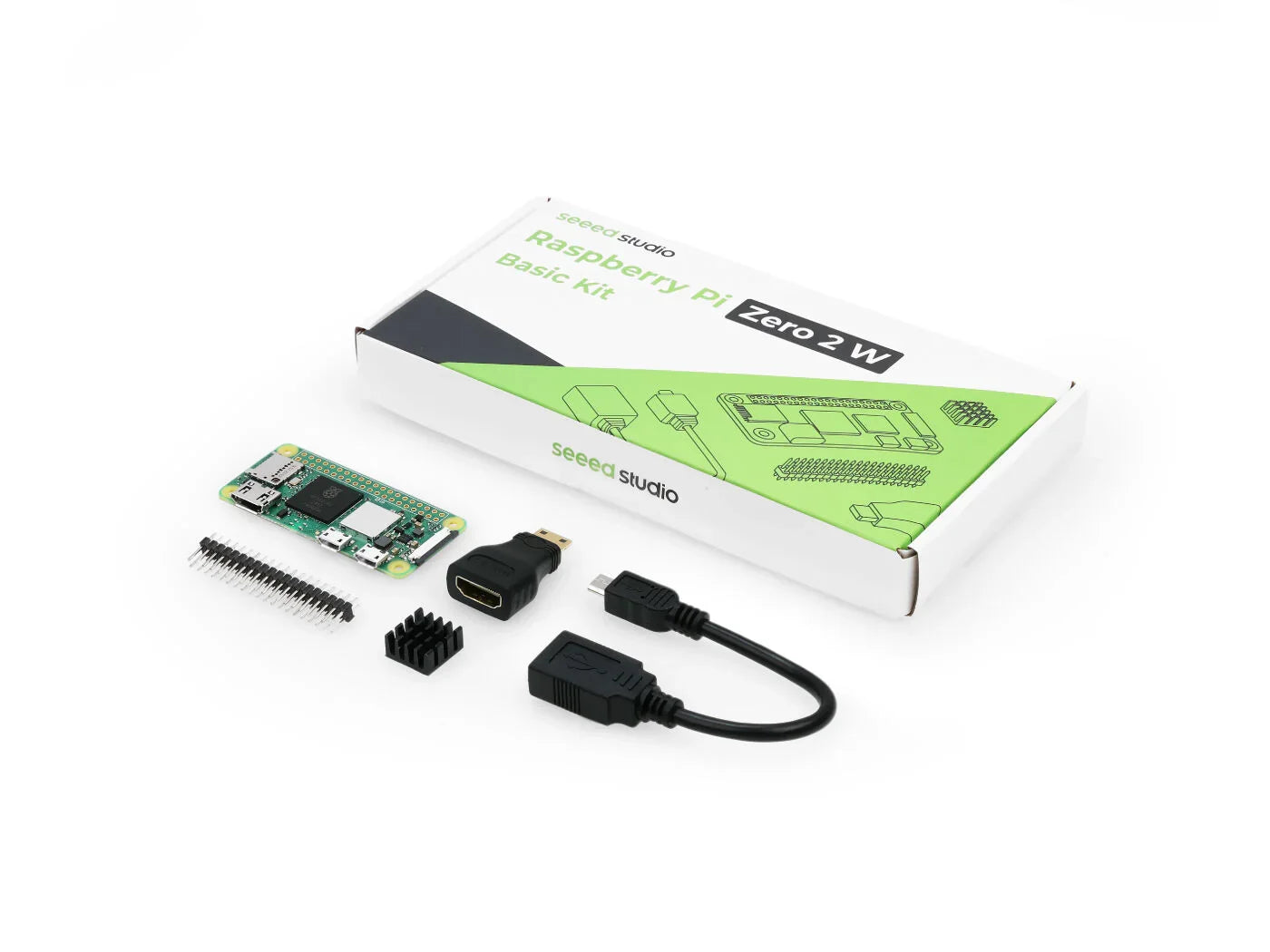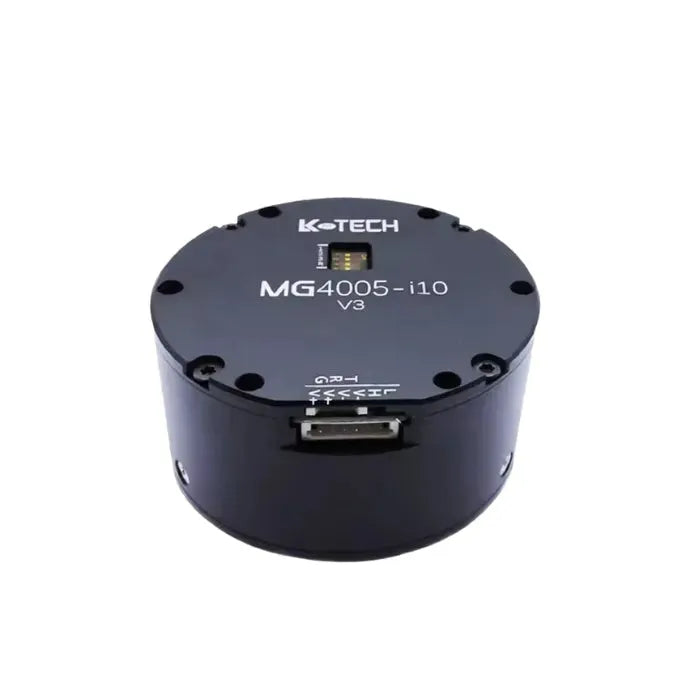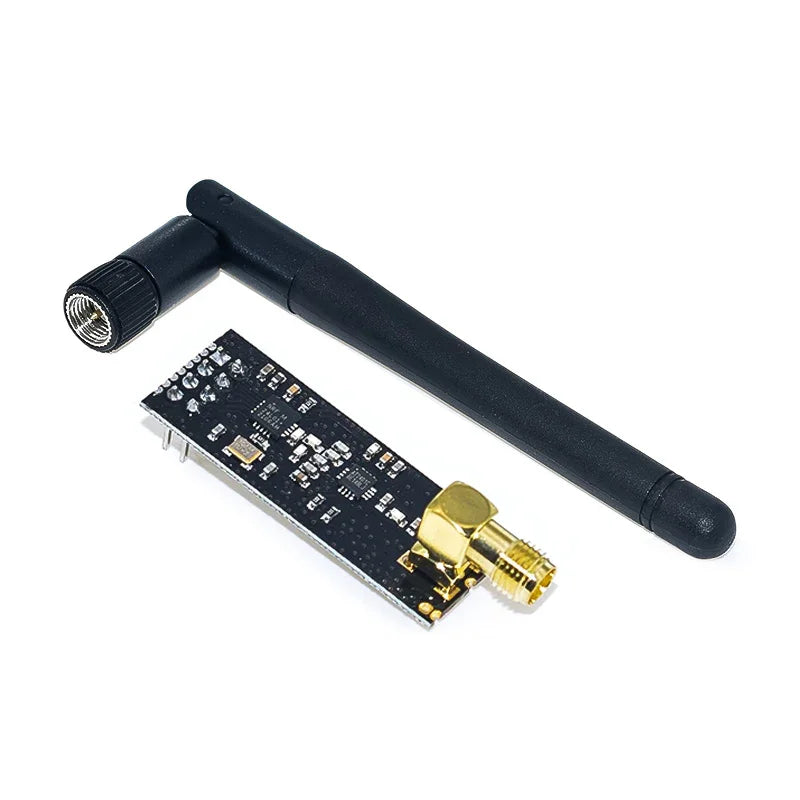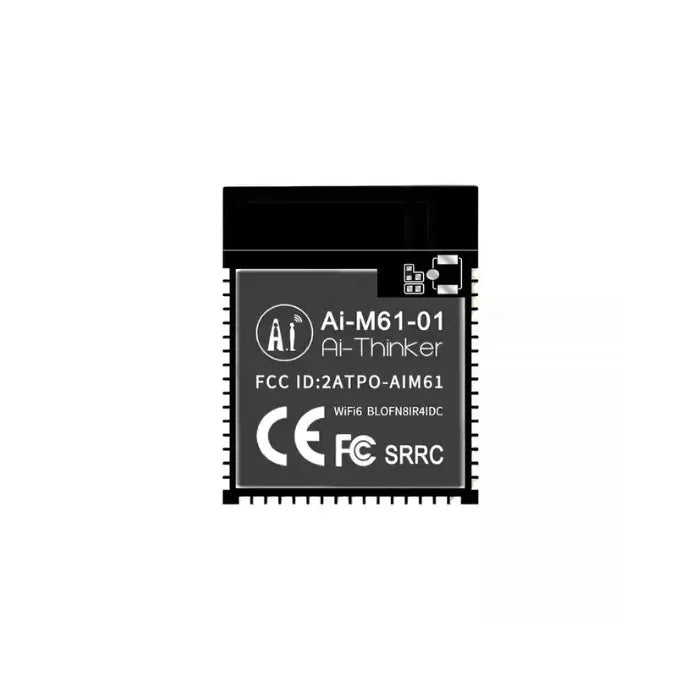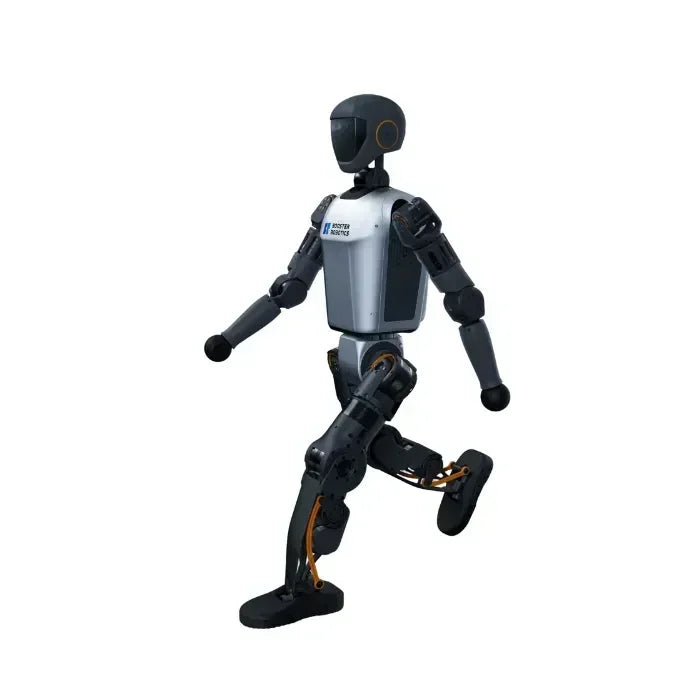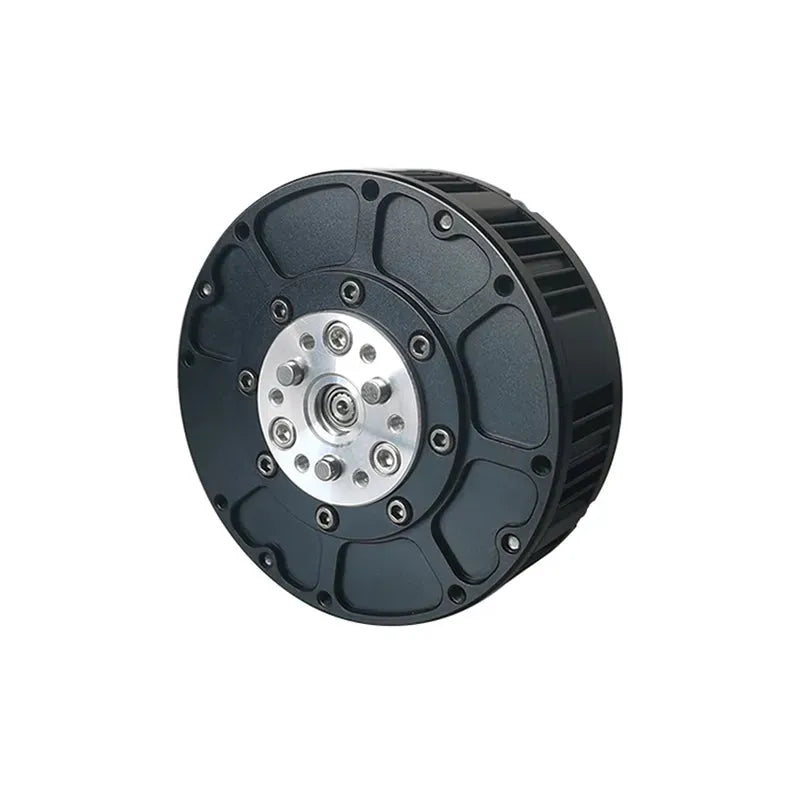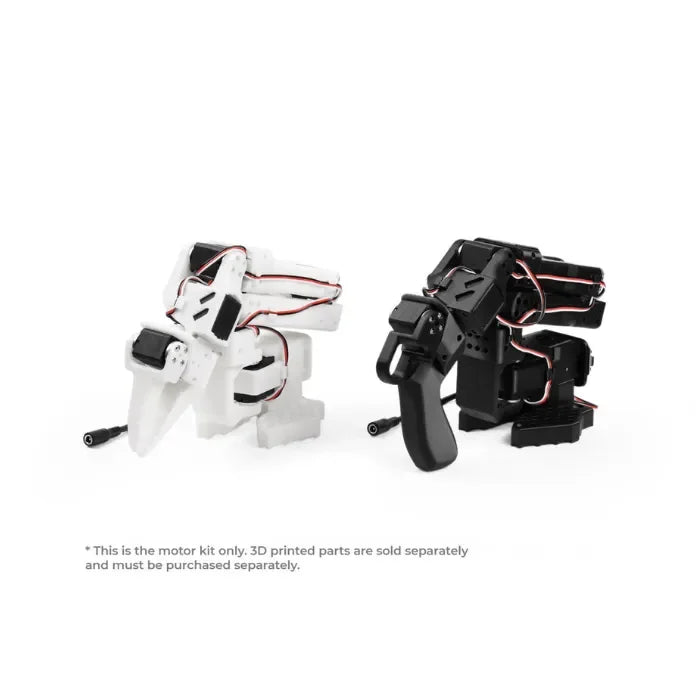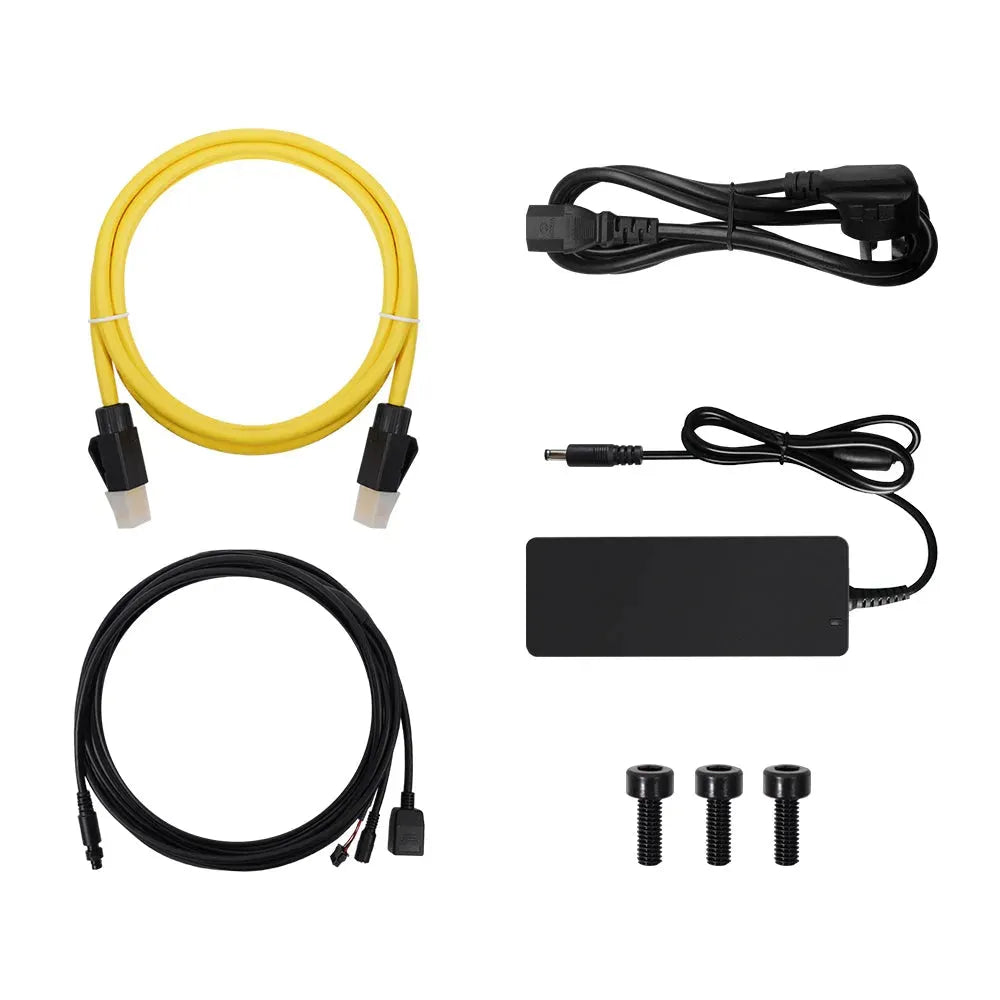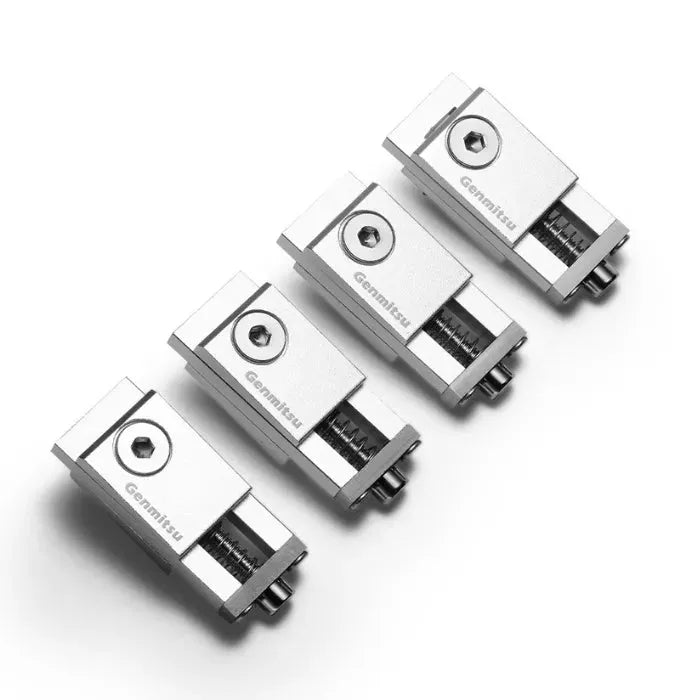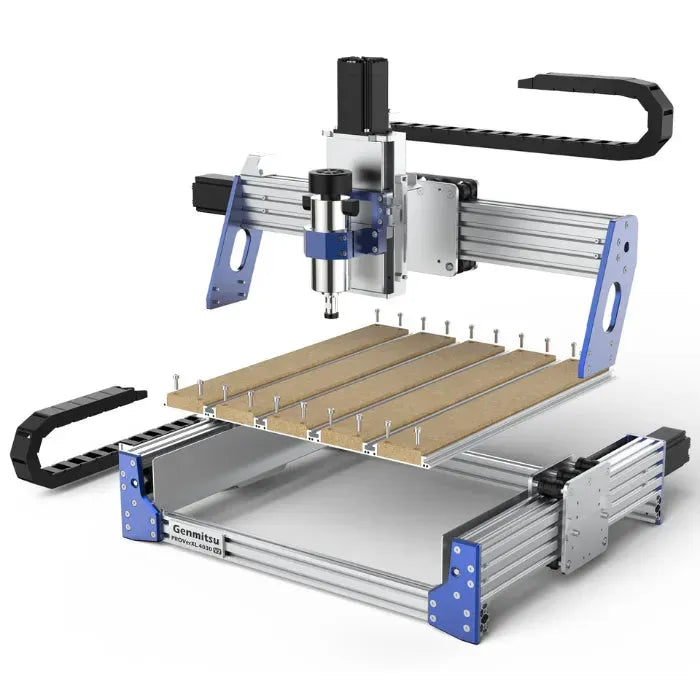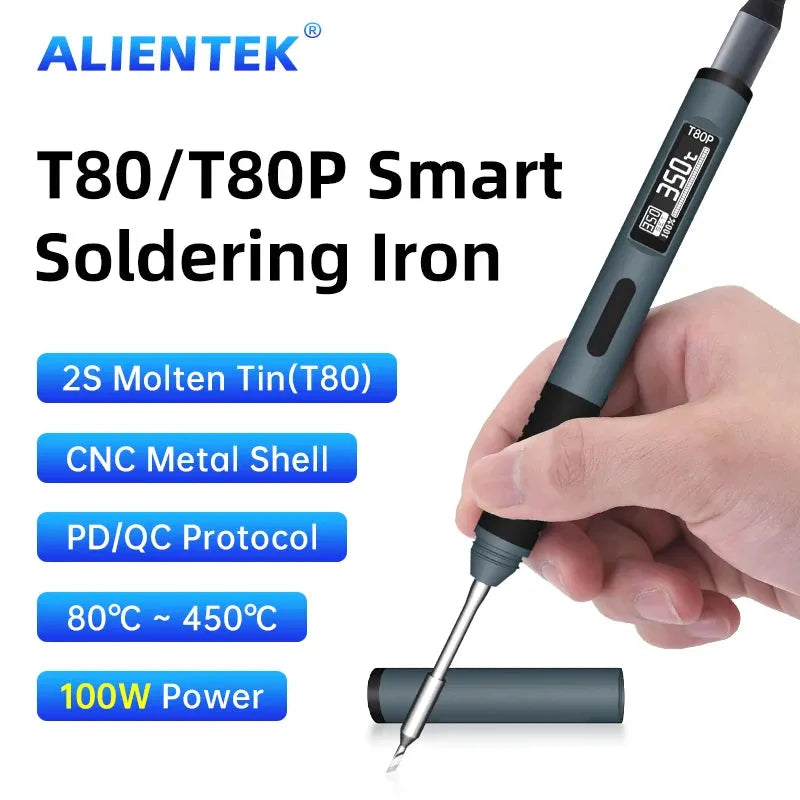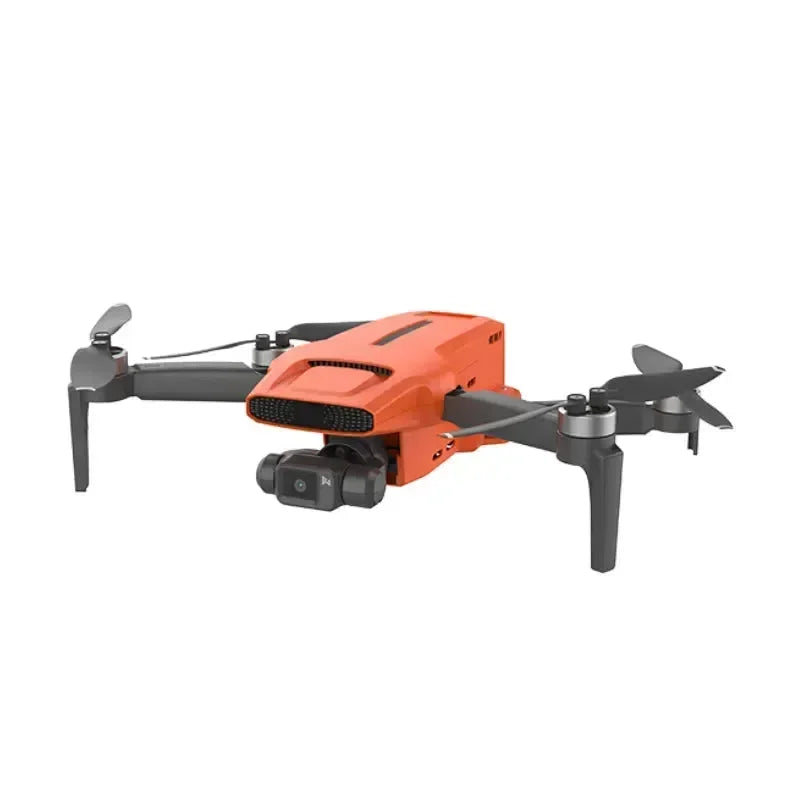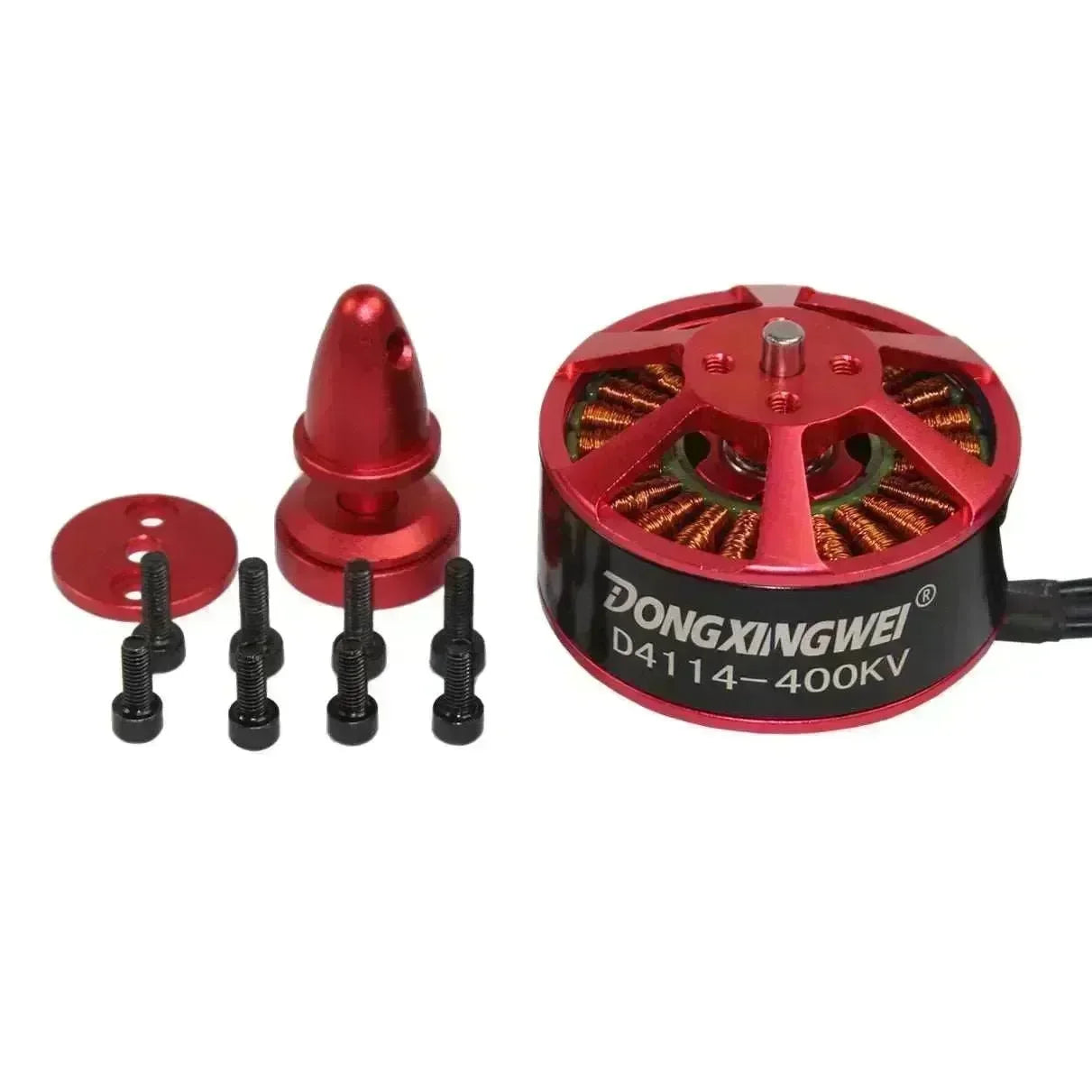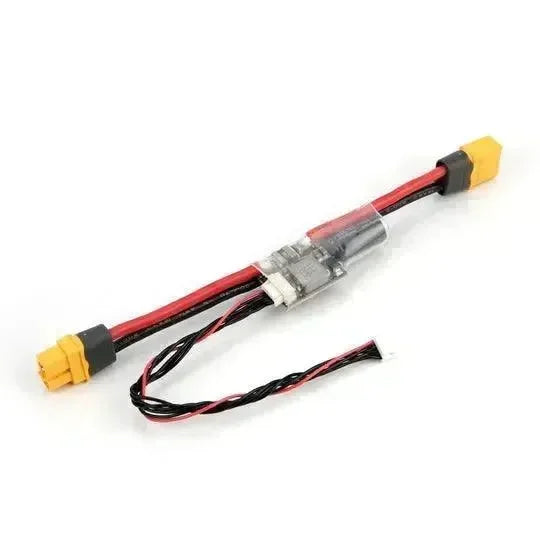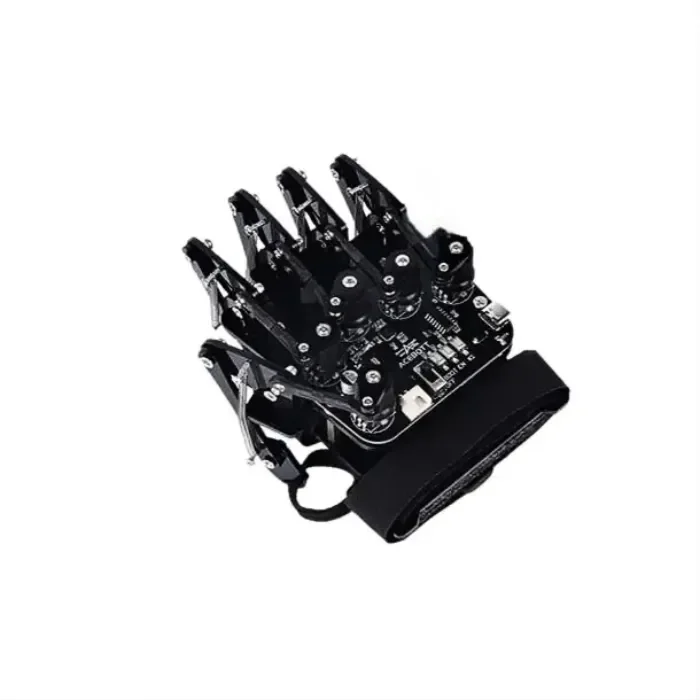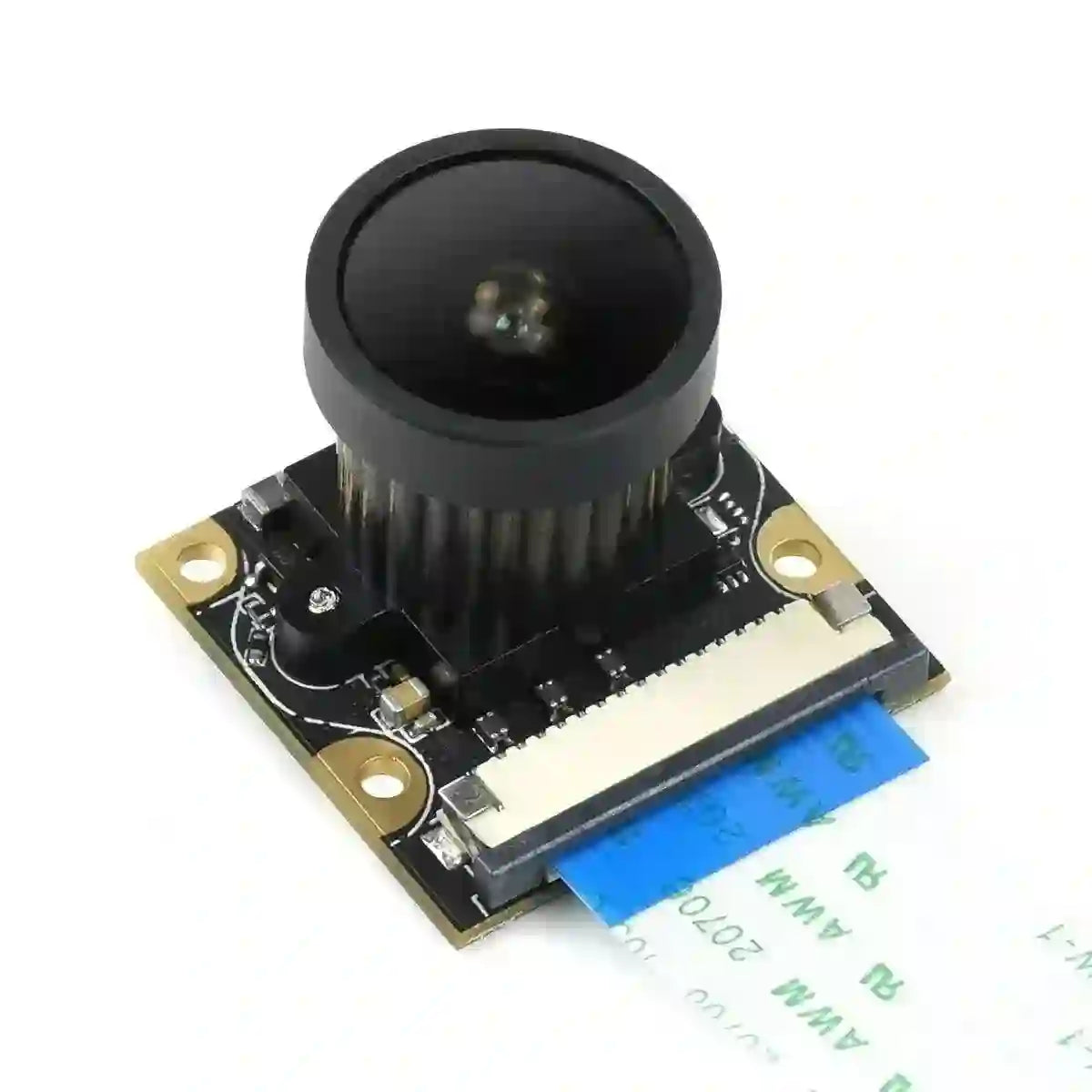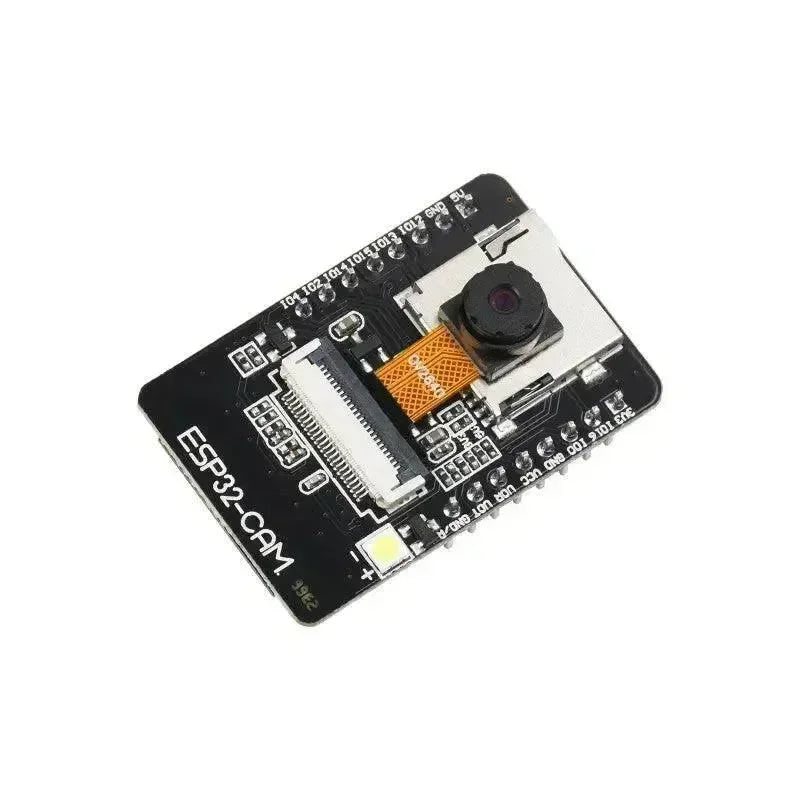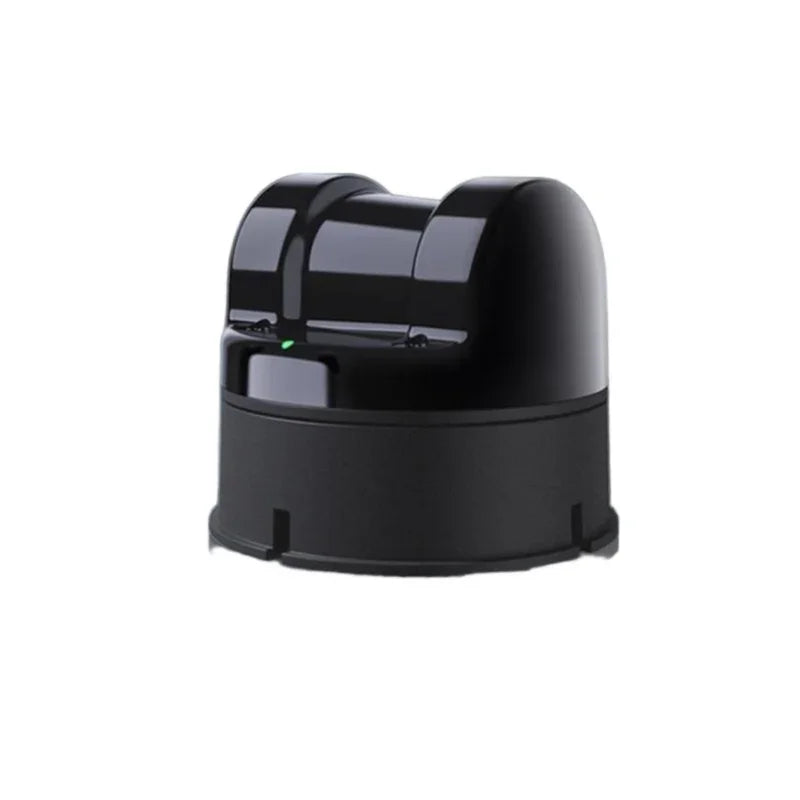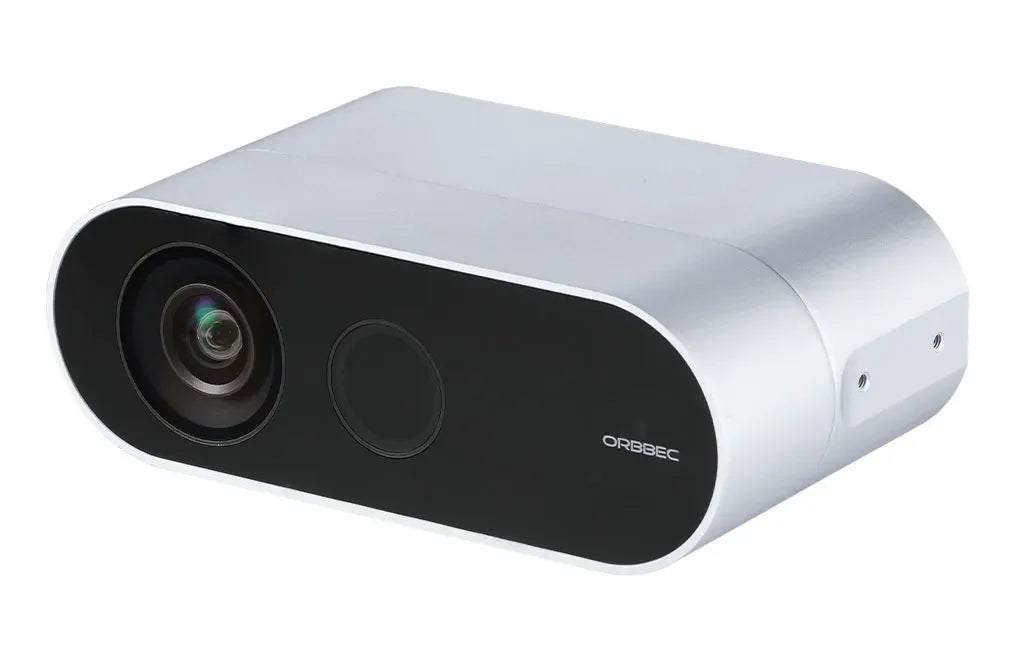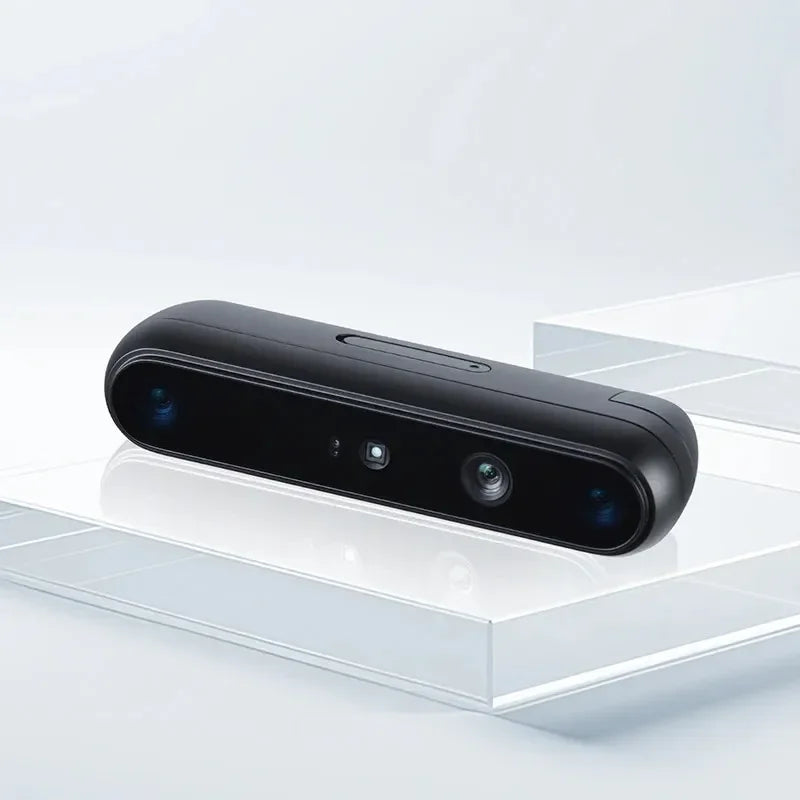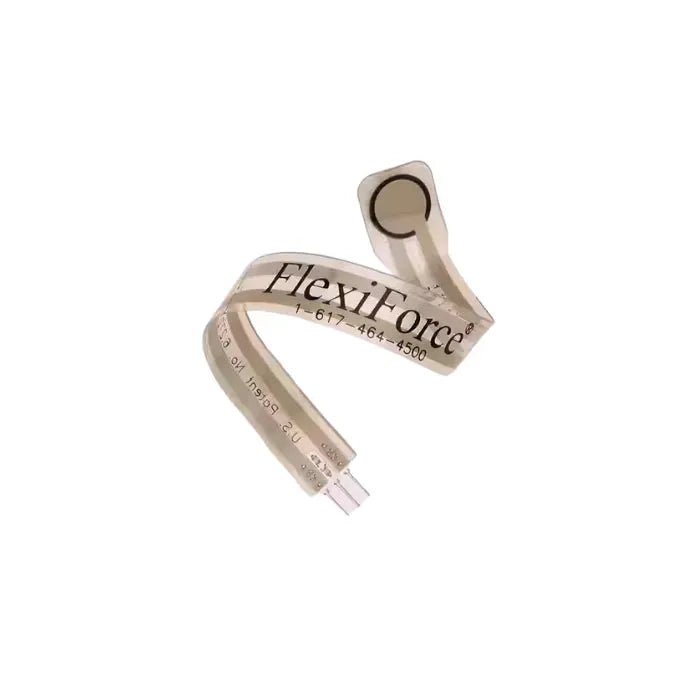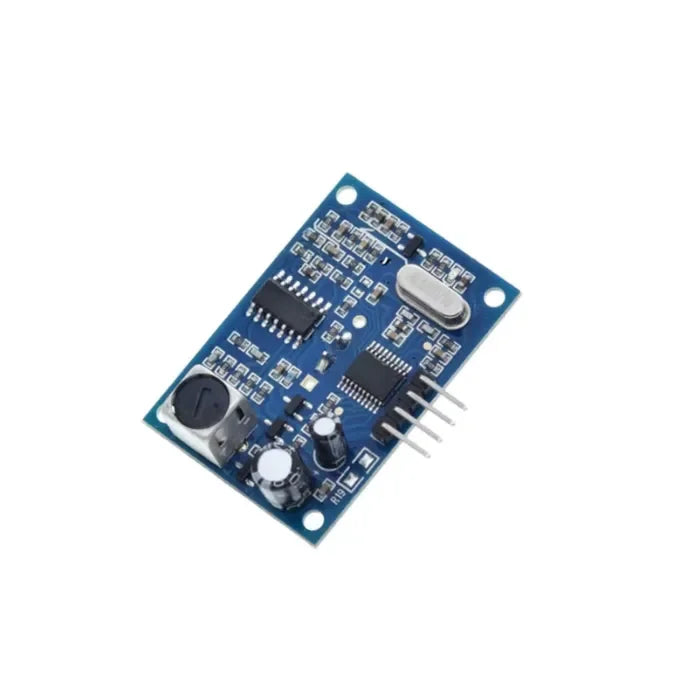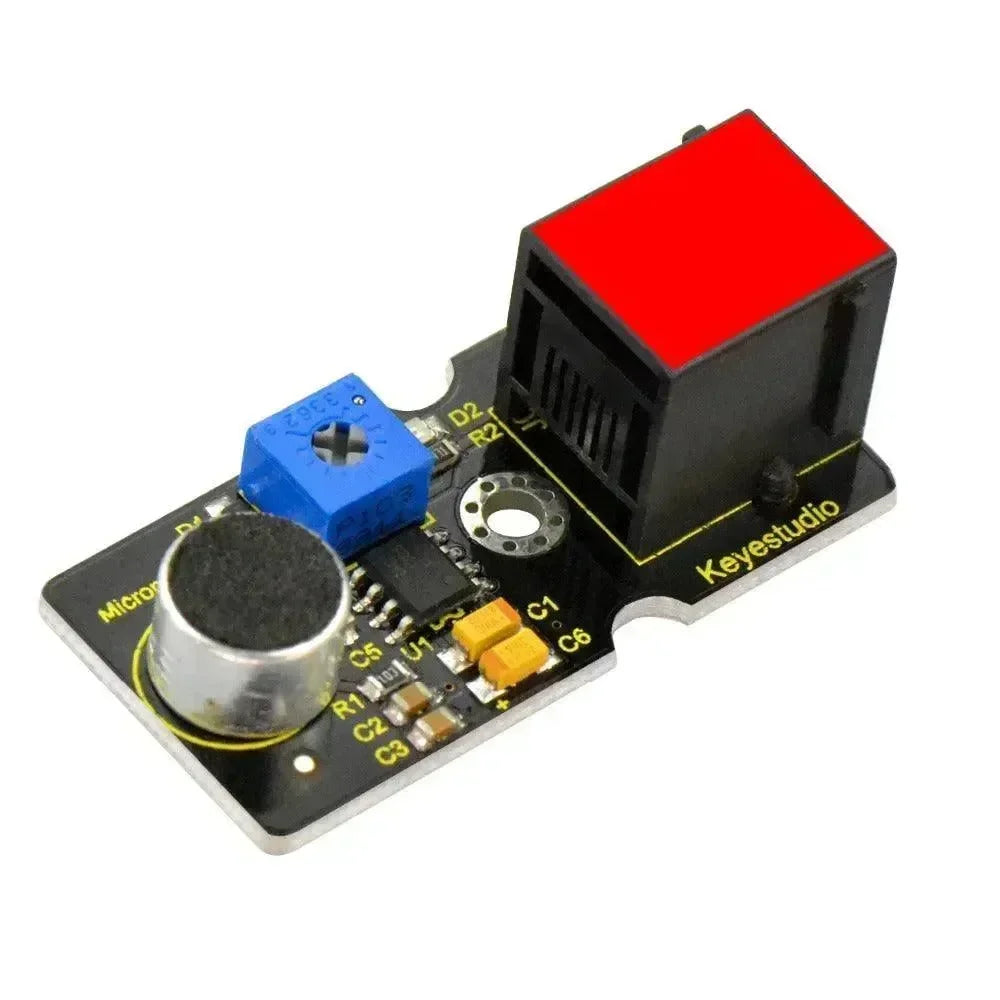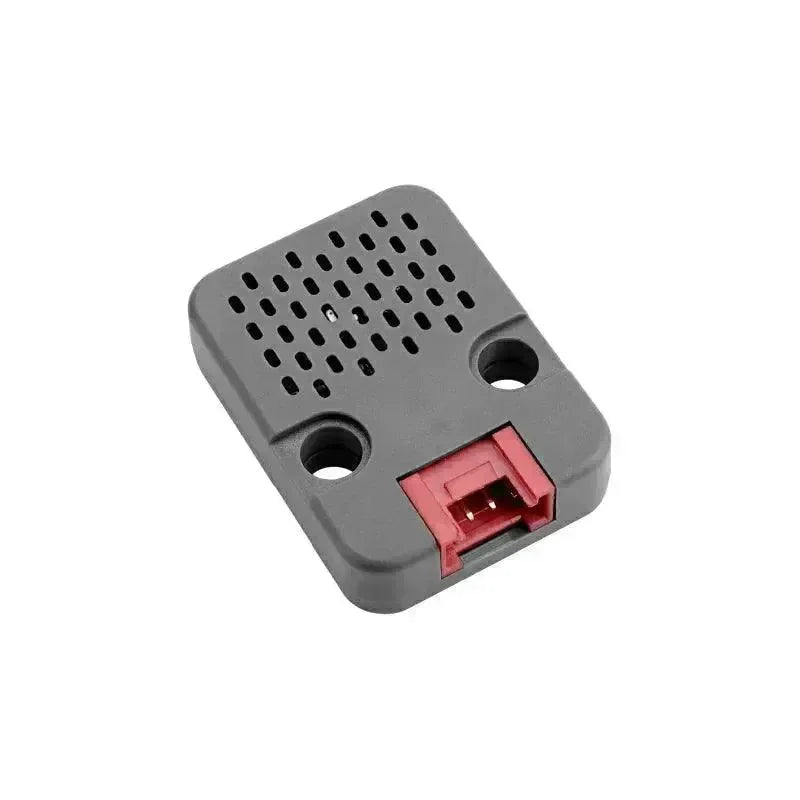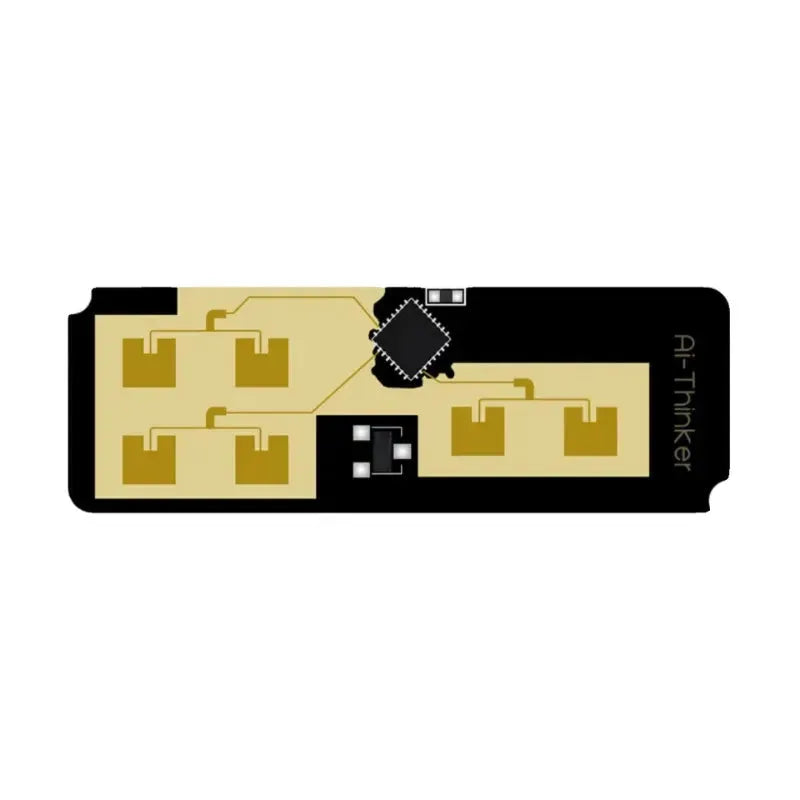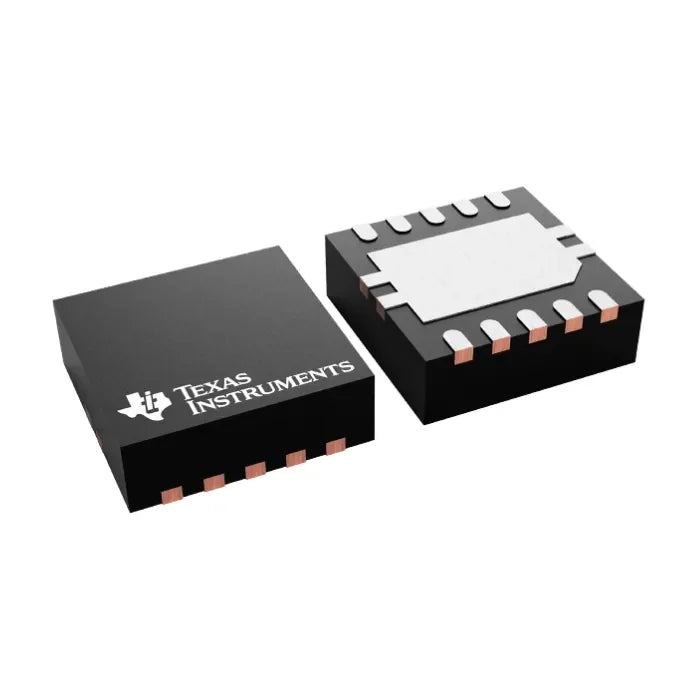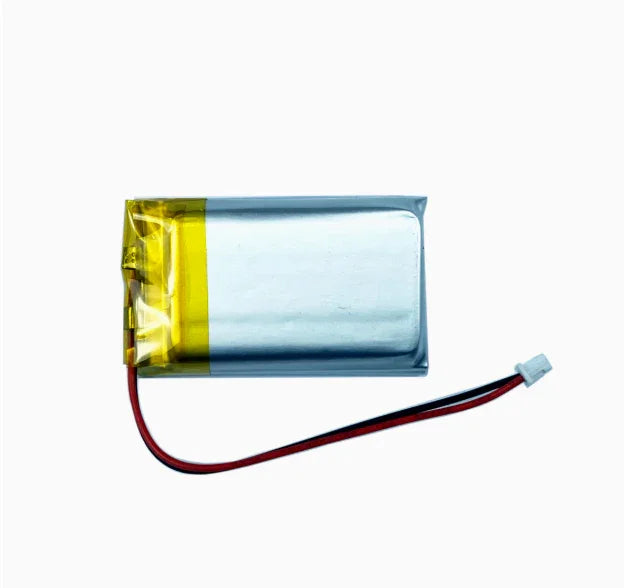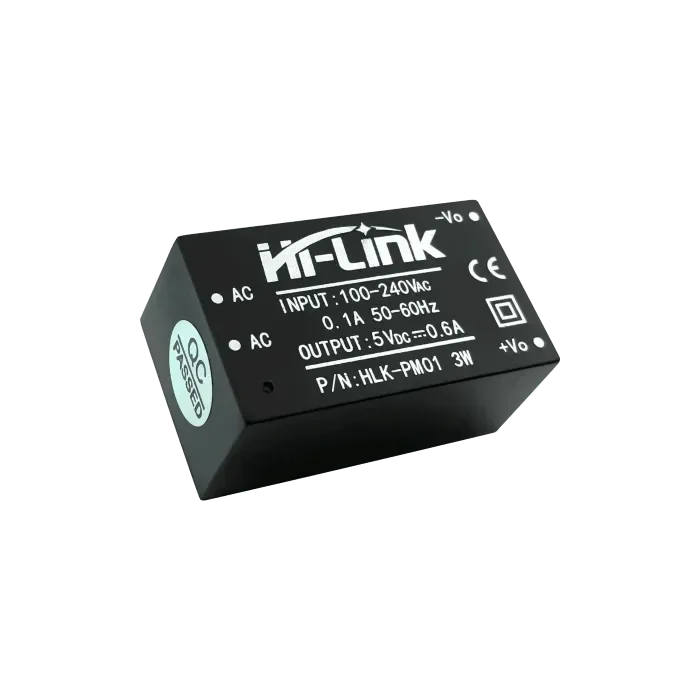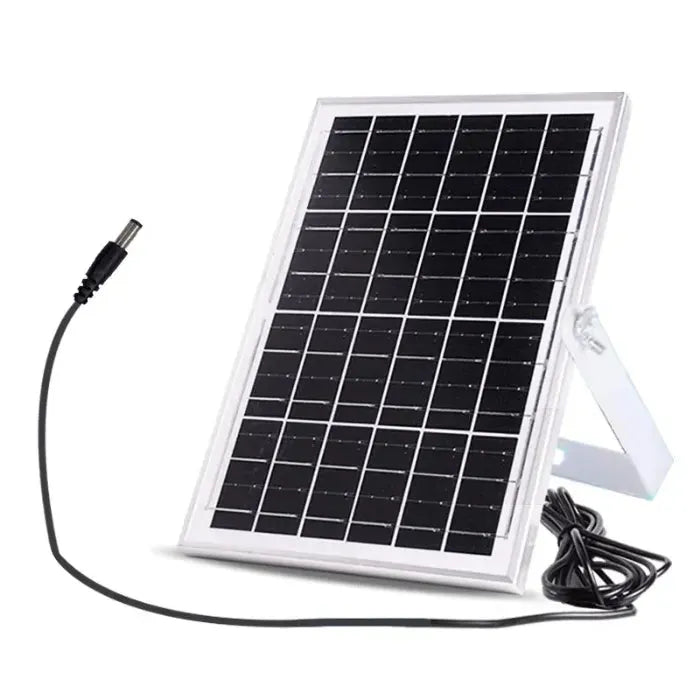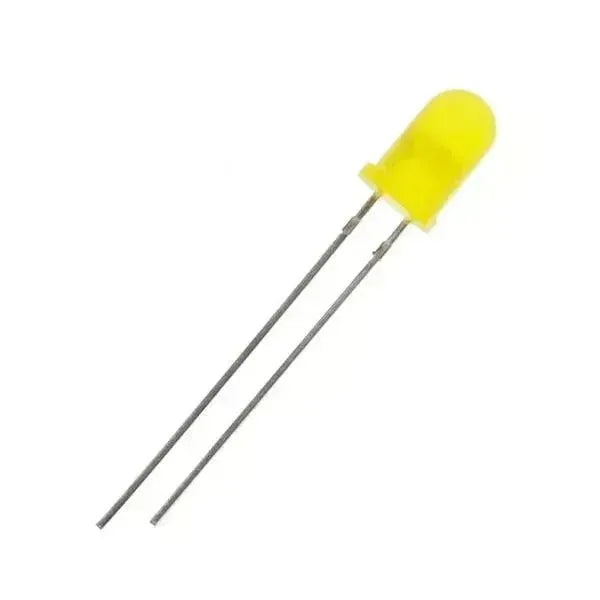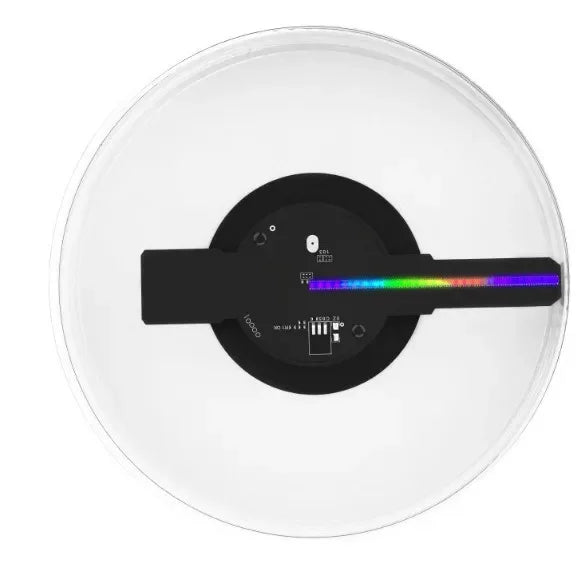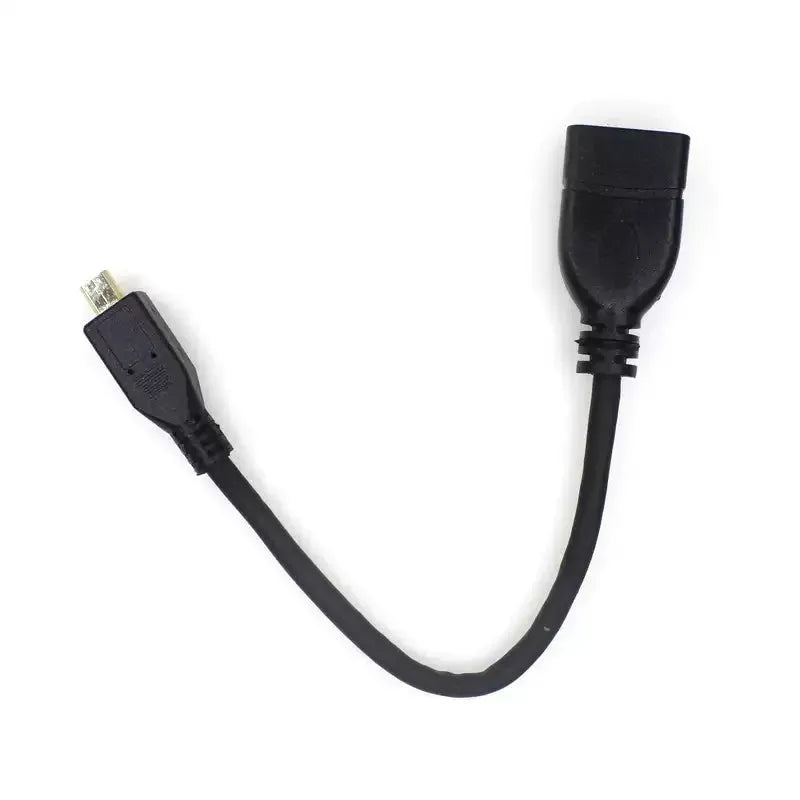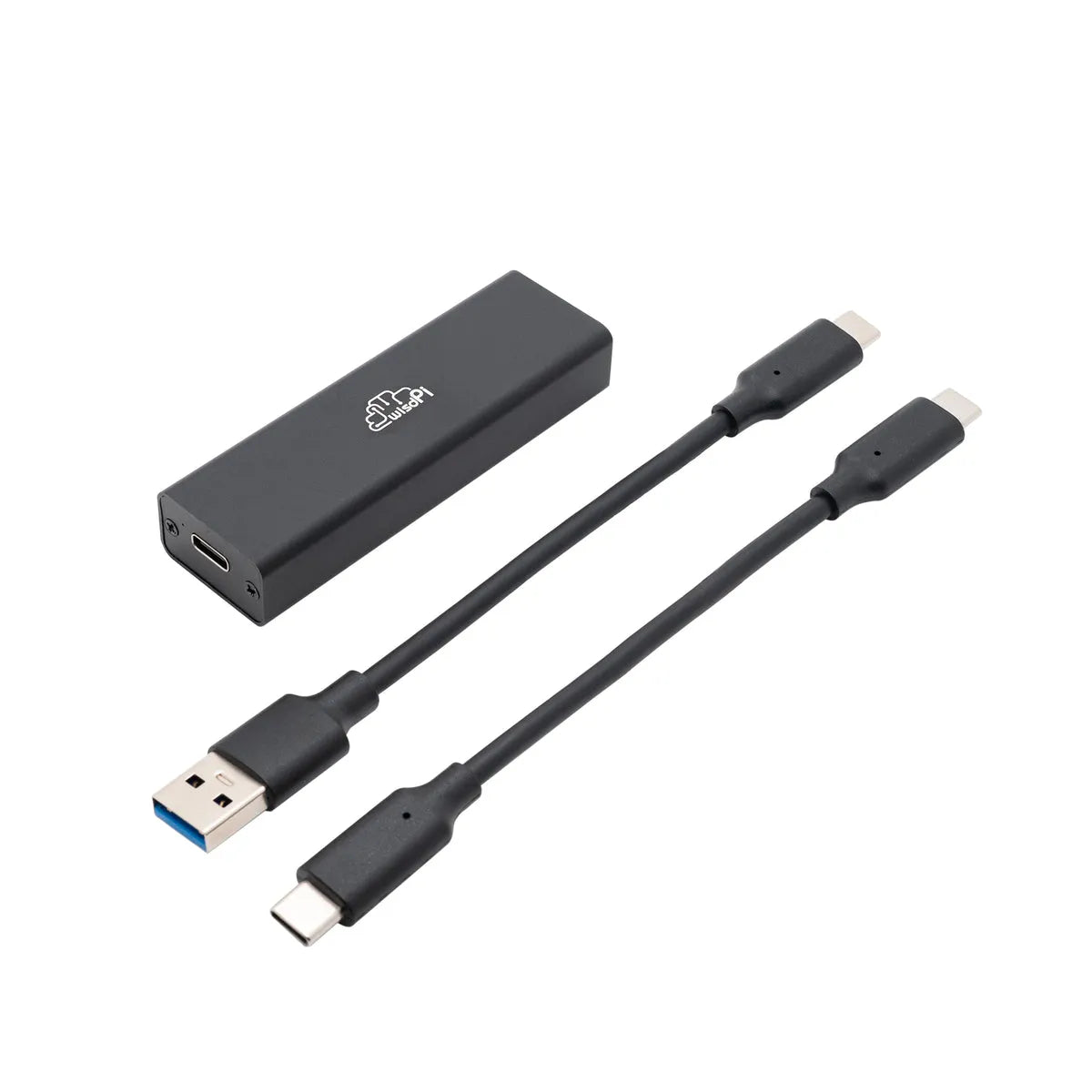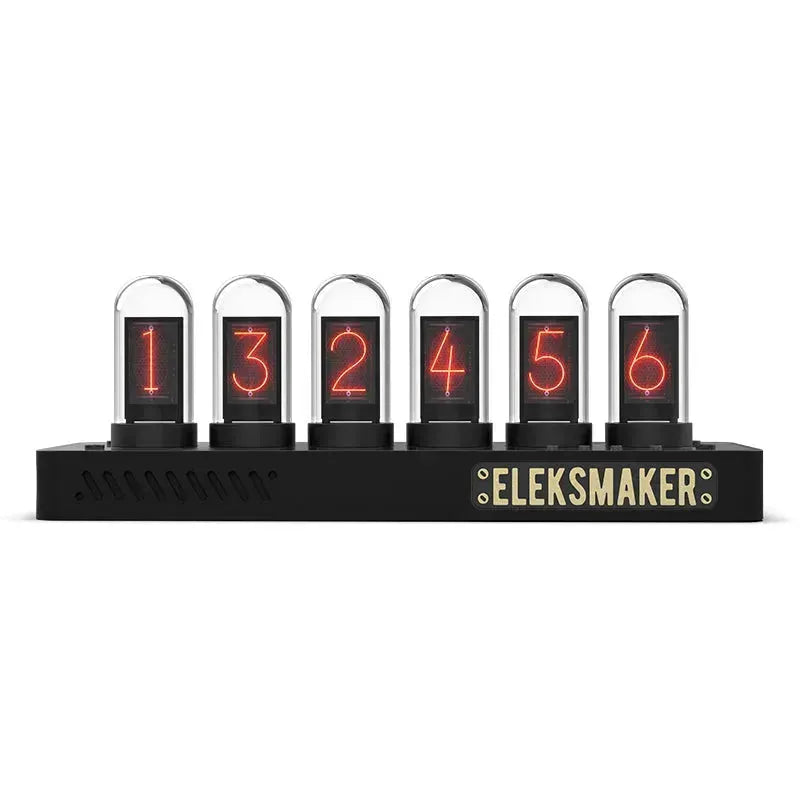Seeed Studio XIAO MG24
What is Seeed Studio XIAO MG24?
XIAO MG24 is a compact, ultra-low-power wireless development board powered by Silicon Labs' EFR32MG24 SoC. It features a 78MHz ARM Cortex®-M33 core and natively supports Matter® over Thread® and Bluetooth® Low Energy 5.3, all seamlessly integrated with the Arduino® Core. Equipped with 4MB Flash, 19 GPIOs, an LED, and a built-in charging circuit, it offers minimal operating current and ultra-efficient low-power modes. This makes it perfect for IoT applications, particularly for battery-powered projects using Matter® protocols.
Key Feature
-
High-Performance MCU: Powered by Silicon Labs' EFR32MG24 SoC with a 32-bit 78 MHz ARM Cortex®-M33 and DSP instructions for robust processing.
-
Matter® Native: Fully compatible with Matter® over Thread® and Bluetooth® Low Energy 5.3, seamlessly supported by the Arduino® Core.
-
Outstanding RF Performance: Features an on-board antenna with BLE range up to 50m in open areas, along with a UFL antenna interface for enhanced connectivity.
-
Ultra-Low Power Design: Consumes less than 1.95μA in sleep mode, making it perfect for battery-powered IoT projects.
-
Rich On-Board Resources: Includes 4MB Flash, a built-in battery charging circuit, 19 GPIOs, and an LED for versatile application development.
-
Advanced Security: Integrated Secure Vault functions powered by a dedicated hardware secure engine with its own CPU for robust encryption.
-
Compact XIAO Design: Maintains the signature 21 x 17.8mm thumb-size form factor with single-sided mounting, ideal for space-constrained projects like wearables.
-
Extensive Accessory Compatibility: Works seamlessly with XIAO add-ons and kits, including Grove Expansion, CAN-Bus, Vision AI Sensor, ePaper Display, mmWave sensors, LoRa modules, and more.
Hardware Overview
Onboard

PinOut

Seeed Studio XIAO MG24 Sense
What is Seeed Studio XIAO MG24 Sense?
XIAO MG24 Sense is an ultra-efficient wireless development board built on Silicon Labs' EFR32MG24 SoC, featuring a 78MHz ARM Cortex®-M33 core for high performance. It natively supports Matter® over Thread® and Bluetooth® Low Energy 5.3, seamlessly integrated with the Arduino® Core. Equipped with 4MB Flash, 19 GPIOs, an LED, and a built-in charging circuit, it ensures ultra-low power consumption and advanced low-power modes, ideal for IoT and battery-powered projects utilizing Matter® protocols. Its analog microphone and six-axis IMU sensors further enhance functionality, enabling applications like TinyML posture detection, making it a versatile solution for innovative development.
Key Feature
-
High-Performance MCU: Powered by Silicon Labs' EFR32MG24 SoC, featuring a 32-bit 78 MHz ARM Cortex®-M33 with DSP instructions for enhanced performance.
-
Matter Native: Supports Matter® over Thread® and Bluetooth® Low Energy 5.3, fully integrated with the Arduino® Core for seamless development.
-
Superior RF Performance: Onboard antenna with BLE range up to 50m in open spaces, plus an interface for an external UFL antenna to extend connectivity.
-
Ultra-Low Power: Consumes less than 1.95μA in sleep mode, ideal for battery-powered home automation projects.
-
Advanced Sensors: Includes an analog microphone and 6-axis IMU, perfect for TinyML and edge AI applications such as pose detection for smart automation.
-
Secure Encryption: Features a dedicated hardware security engine with its own CPU, ensuring Secure Vault functions for robust protection.
-
Rich Onboard Features: Equipped with 4MB Flash, a built-in battery charging circuit, 19 GPIOs, and an LED for extensive project versatility.
-
Compact XIAO Design: Compact 21 x 17.8mm form factor with single-sided mounting, ideal for space-constrained projects like wearables.
-
Wide Accessory Compatibility: Fully compatible with XIAO add-ons including Grove Expansion, CAN-Bus, Vision AI Sensor, ePaper Display, LoRa Module, and more.
Hardware Overview
Onboard

PinOut

Seeed Studio XIAO MG24 Sense Vs Standard
Specification comparison
| Product | XIAO MG24 | XIAO MG24 Sense |
| Processor | Silicon Labs EFR32MG24 | |
| ARM Cortex-M33 @ 78MHz | ||
| RAM | 256kB | |
| Flash | 1536KB + 4MB Onboard | |
| LEDs | 1 User LED, 1 Power LED | |
| Sensors | - | Onboard Analog MicrophoneOnboard 6-Axis IMU |
| Interface | 22 Pins:11x Analog,11x Digital, 1x I²C, 2x UART, 2x SPI, All PWM | 22 Pins:11x Analog,19x Digital, 1 X I2C, 2 X UART, 2x SPI, All PWM |
| Button | 1 RESET Button | |
| Security | Hardware Cryptographic Acceleration, True Random Number Generator, ARM® TrustZone®, Secure Boot, Secure Debug Unlock etc. | |
| Low power | 1.95μA | |
| Normal | 6.71mA | |
| Sleep | 1.91mA | |
| Software Compatibility | Arduino IDE | |
| Supported Antenna | MAX 2.4GHz Ceramic Antenna: 4.97dBi | |
| Working Temperature | -20°C-70°C | |
| Dimensions | 21x17.8 mm | |
Key difference
-
XIAO MG24 Sense: Comes with an analog microphone and a 6-axis IMU (Inertial Measurement Unit), ideal for TinyML applications like sound detection and motion/posture sensing.
-
XIAO MG24 Standard: Does not include these sensors; it's a basic wireless development board.

Which product is better for your project?
Application areas
XIAO MG24
The XIAO MG24 Standard serves as the foundation for the Sense model, offering robust IoT connectivity with Matter®, Thread, and BLE 5.3 support. Designed for low-power wireless applications, it is ideal for smart home systems, battery-operated IoT devices, and other connected projects. Its ultra-low power consumption and compact form factor make it versatile for a wide range of general-purpose IoT developments, laying the groundwork for more advanced features.
XIAO MG24 Sense
Building on the capabilities of the Standard model, the XIAO MG24 Sense adds advanced onboard sensors for applications that demand real-time data processing and AI capabilities. With its integrated analog microphone and 6-axis IMU, it is perfect for TinyML, Edge AI, and sensor-based IoT applications like posture detection, gesture recognition, and environmental monitoring. The Sense model retains the IoT connectivity of the Standard model, making it an excellent choice for projects requiring both wireless communication and intelligent sensing.
HOW to choose?
XIAO MG24
-
Low power consumption is crucial: The ultra-low power mode in the Standard version is perfect for battery-powered devices or long-lasting IoT systems.
-
Budget constraints: If you want a cost-effective solution without extra sensors, the Standard version offers excellent value.
XIAO MG24 Sense
-
Your project requires sensor data processing or AI functionality: The built-in analog microphone and 6-axis IMU are perfect for sound processing, motion detection, or posture recognition.
-
You need TinyML or Edge AI support: If your project involves real-time inference or deploying machine learning models, the Sense version is a better choice.
-
Versatility and exploration: The advanced sensors in the Sense version excel in interactive devices or advanced environmental monitoring systems.
Key Considerations
-
Choose XIAO MG24 Standard if your project prioritizes connectivity, low power consumption, and cost-efficiency, without needing sensor features.
-
Opt for XIAO MG24 Sense if your project involves sensor-based data collection, real-time processing, or AI capabilities.
Other information

FAQ
Can the XIAO MG24 Sense microphone and IMU be used with Arduino?
Yes, the XIAO MG24 Sense is fully compatible with the Arduino IDE. It comes equipped with a 6-axis IMU and an analog microphone, both of which can be accessed and programmed using Arduino libraries. This compatibility allows developers to implement features like motion detection and audio processing in their projects.
Which board is better for TinyML or AI applications?
The XIAO MG24 Sense is better suited for TinyML and AI applications. It features onboard sensors (IMU and microphone) essential for collecting data used in machine learning models. Additionally, it includes an AI/ML hardware accelerator (MVP), which enhances its capability to efficiently process AI algorithms.
What is the power consumption of each board in sleep mode?
Both the XIAO MG24 Standard and XIAO MG24 Sense are designed for ultra-low power consumption. In sleep mode, they consume as little as 1.95μA, making them ideal for battery-powered applications where energy efficiency is crucial.

